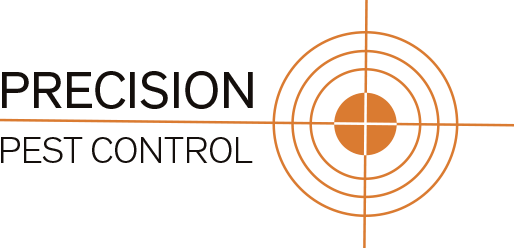What do termite mud tubes look like?
Termite mud tubes – or mud leads – are small tunnel-like structures that are constructed by subterranean termites. They are made of dirt, wood and termite saliva and faeces. Mud tubes are 0.5 to 2.5 cm in diameter – about the width of a pencil – and usually an earthy brown colour.
Termite mud tubes connect subterranean termite colonies located underground to the food sources above ground.
Termite tubes or leads can be found in and around homes in and on places such as concrete walls, stone foundations, in wooden structures, sub-floors, basement walls, window frames, joists and more.
Termite mud tubes are built so termites can get from the soil to the food source. These tubes will also protect them from predators, dry environments, sunlight and dehydration while travelling to the food source and back to the nest.
There are four types of mud tunnels to look out for:
- The working tube – tunnels between the termite nest in soil and wood; termites use these tunnels the most.
- Exploratory tube – tunnels extending only from soil, used to search for food.
- Drop tube – tunnels for the termites to travel from wood back to the soil.
- Swarm tubes – winged termites swarm from these when the environment is suitable.
During a termite inspection, one of the first signs of termite activity is often these mud tubes. The mud tubes are not a problem by themselves. However, they act as shelter tubes, protecting termites while they cause significant damage. Termite damage can be catastrophic if termites are undetected. If you see any termite damage, termite activity or termite tubes, contact Precision Pest Control as soon as you can.
